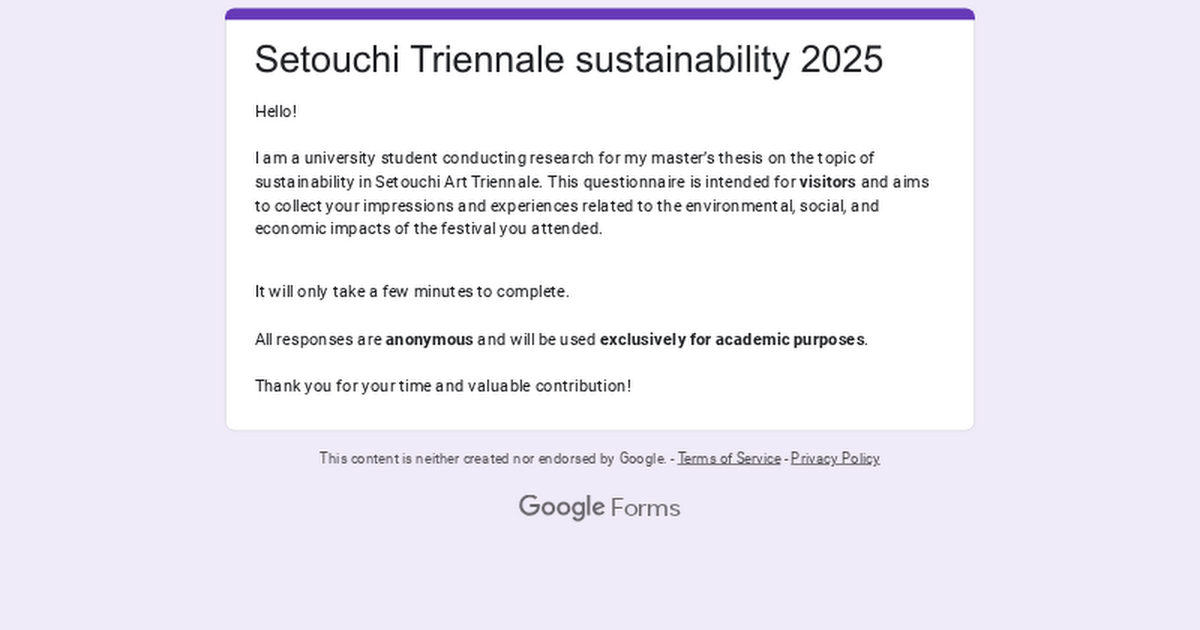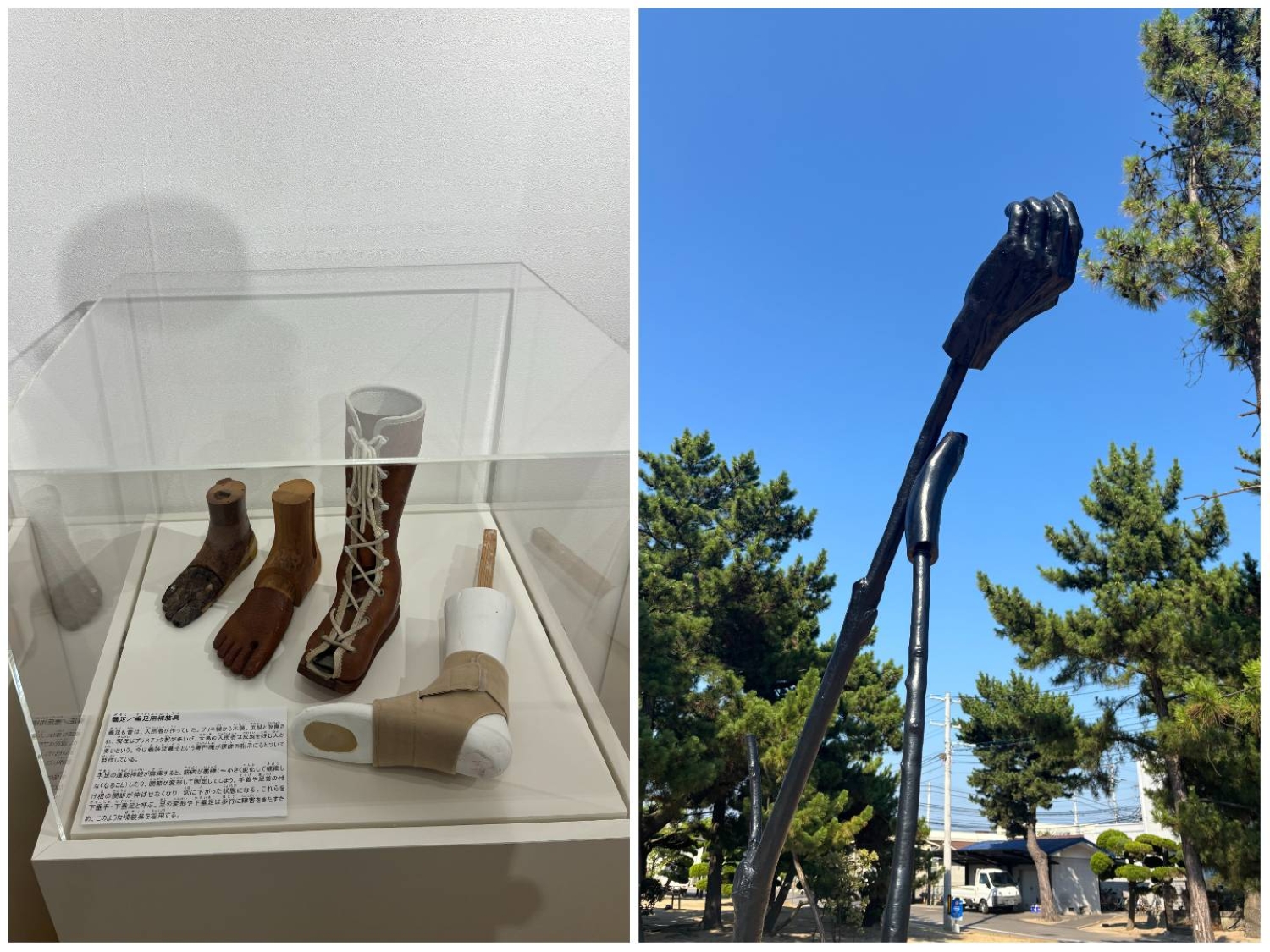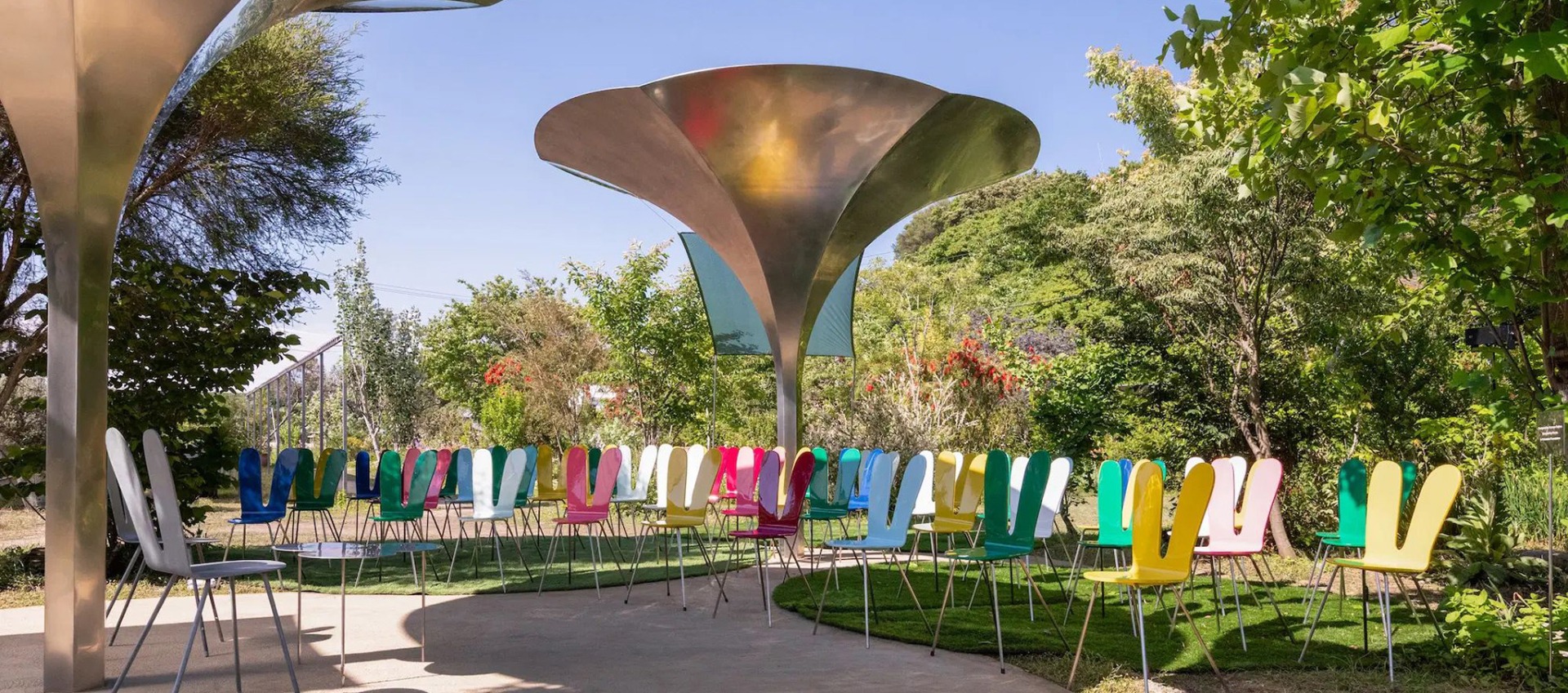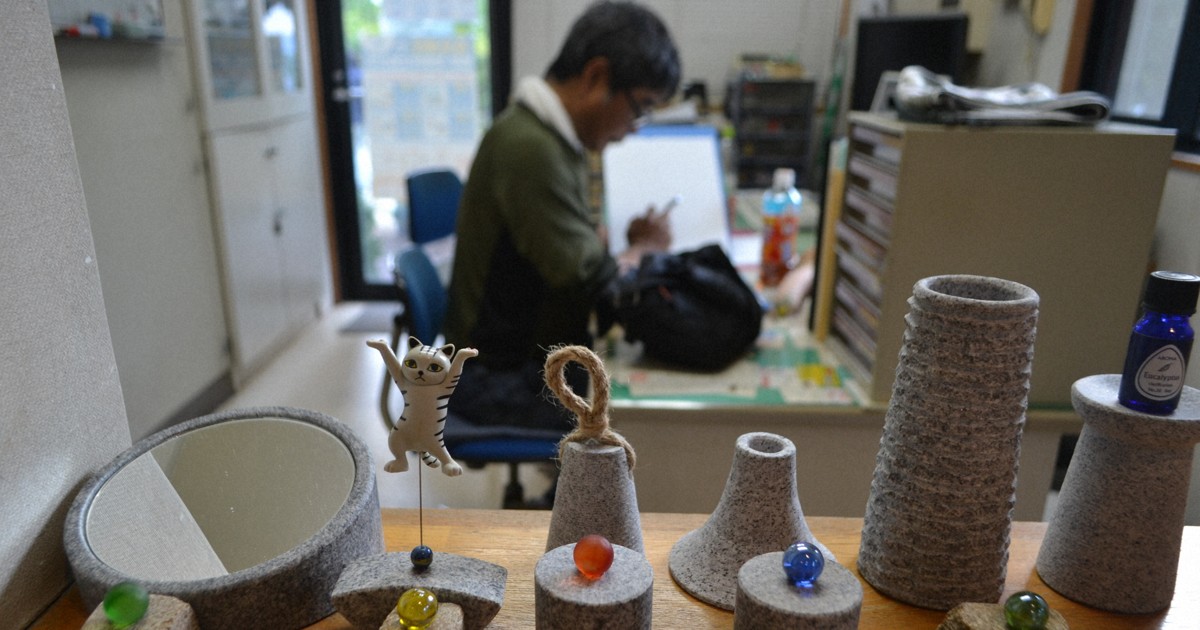Vietnamese Market in Takamatsu, General Thoughts about the Setouchi Triennale Summer Session and Your Opinion

Hello everyone,
I returned from France a few days ago. Today is the last day of the summer session of the 2025 Setouchi Triennale, but instead of being on an island, I'm at home. Actually, my original plan was to visit the eastern part of the prefecture to see the "summer only" art installations. That won't happen. I'm too tired, and it's too hot. This is the first time I've missed an entire "seasonal session" of the Triennale since they were implemented in 2013.
This is partly because I was in France for most of it and partly because it's simply too hot this summer to spend time outside. Today it's "only" 36°C, but it feels hotter than the two days in France, two weeks ago, when it was 40-42°C. Spending most of my day in a car (with air conditioning) and old buildings (probably without air conditioning) is not how I want to spend my last day of summer vacation.
The truth is, Japanese summers are the worst I have ever experienced, and they're only getting worse with global warming—or rather, global heating, "warming" is too weak of a word for what is happening.
Because of that, I've been wondering if the division of the Setouchi Triennale into three seasonal sessions should be reconsidered.
Here's some short Triennale history. The first Setouchi Triennale in 2010 was three months long: August, September, and October of that year. While it was a huge success, it was also quite taxing on the islands, most of whose residents are elderly and were not accustomed to seeing their islands crowded with tourists. For the next edition in 2013, the festival was divided into three sessions to give the islanders a break during the year of the festival. This change was approved by most. In a sense, this made the festival bigger while allowing the islanders to resume somewhat normal lives between sessions. The marketing department loved it, too, as they could present this division as "a way for visitors to experience the various seasons of the Setouchi region."
However, summers are getting worse and worse. This year was definitely the worst on a Triennale year (last year was probably worse but there was no festival then). If you have the Triennale app on your phone, you've probably received nonstop notifications about heat stroke warnings.
So, I've been wondering if it makes sense to continue holding a summer session for the festival. I don't know this year's numbers, but last spring, I had never seen so many foreign visitors at the Triennale, and records may be shattered this summer. Because of this, I'm afraid the executive committee may be reluctant to change anything. However, I must assume that there was also a record number of heat strokes.
I took the following picture in early August, the last time I walked around the Sunport area before going to France. Two emergency vehicles arrived to assist this private taxi boat. At least one, maybe two, people were in very bad shape. I mean very bad, as in unresponsive. I'm not sure if it was heat stroke, but they're by far the number one health issue during the Triennale in the summer.

These people were "lucky" to have a private boat that could quickly bring them to Takamatsu, but if you were to suffer from heat stroke in the middle of nowhere on a small island, it would be difficult to get quick medical help.
I don't have a ready-made solution. I suspect that the organizing committee wants to keep part of the Triennale during summer vacation, but is it really sensible?
If no changes are made by 2028, I would advise you to avoid summer at all costs if you plan to attend the Triennale then, because it will only get hotter.
Vietnamese Market
It's not entirely true that I haven't seen anything from the summer session of the Triennale. I caught a glimpse of the Vietnamese Market, which is open until tonight at Sunport.
It is a bit reminiscent of Bengal Island in 2013 and Thai Factory Market in 2016, but on a much smaller scale than the former and in a worse location than the latter.
Bengal Island was hot and in the sun, but it had a lot of shaded areas. Its scale and the number of things happening there make it one of the best Triennale events to this day. I doubt they'll ever manage to do something similar again.
The Thai Factory Market was much smaller and didn't have many associated events, but it was in a nice, cool area between the Symbol Tower and the Sunport Hall. It was a nice, relaxing place to spend time in Sunport.
The Vietnamese Market is located between the sea and the castle grounds. It's in an area with no shade and right next to a busy road. There aren't even enough booths to make it feel like a real market.
It was the beginning of the summer session when I went. Did more things get added? I don't know, but I doubt it.
If you're reading this and are in Takamatsu, you have until 8 pm tonight to visit. I advise you to visit it nonetheless. Vietnamese culture is wonderful, and its cuisine is arguably the best in the world—on par with French and even better than Japanese.
Fun fact: My first experience with Asia was not Japan, but Vietnam. My parents' neighbor was from Vietnam, and she was basically my third grandma. She taught me the first things I learned about Asia.
This is what it looked like at the beginning of August:







Changes to the Blog but not the Newsletter? Maybe.
If you've been following me for a while, you know that I write not only about the Japanese Art Islands but also about various other topics on a few other blogs.
These days, I find myself spending more time maintaining the technical side of my various blogs and websites than writing for them.
I've been contemplating merging them into one unique blog with different categories and newsletters. This way, I would only need to maintain one blog, and you would only need to subscribe to the topics that interest you. I'm still not sure if it's a good idea. Since I started blogging, I've kept my Setouchi content separate, and I'm afraid to merge it.
So, I'd like to know what you think. Would it be a problem for you to follow me on a site (probably under my name) that has content you're not always interested in? But with the possibility to select what you subscribe to.
Or, on the contrary, would you like to follow the other things I post more easily?
Please tell me what you think in this extremely short survey.

If you would like to comment publicly, please feel free to do so below.
Thanks in advance. Your opinion matters.
As often, I'll end this newsletter with a few links I've come across since the last one.
Links
Federico Piermattei is a university student from Milan. He is conducting research on the Setouchi Triennale. If you attended the festival, would you mind taking a few minutes to answer this questionnaire?

The Japan Times has an interesting article on Oshima, which is the least visited island of the Setouchi Triennale but certainly not the least interesting.

This month, Kazuyo Sejima of SANAA unveiled the Hana Pavilion in her Inujima Life Garden.

This is a podcast with Sarah Hudson as a guest. The New Zealander was an artist-in-residence on Naoshima last year, and her art is currently on display in Megijima.
It's not directly linked to the Triennale, but if you visit the Isamu Noguchi Garden Museum in Takamatsu (you should), you'll be able to find these unique souvenirs a few blocks away.

That's all for today.
Thanks for reading.
See you soon, and as always if you liked what you read, please share with your friends and contacts, and if you aren't subscribed yet, you can do it right below:





